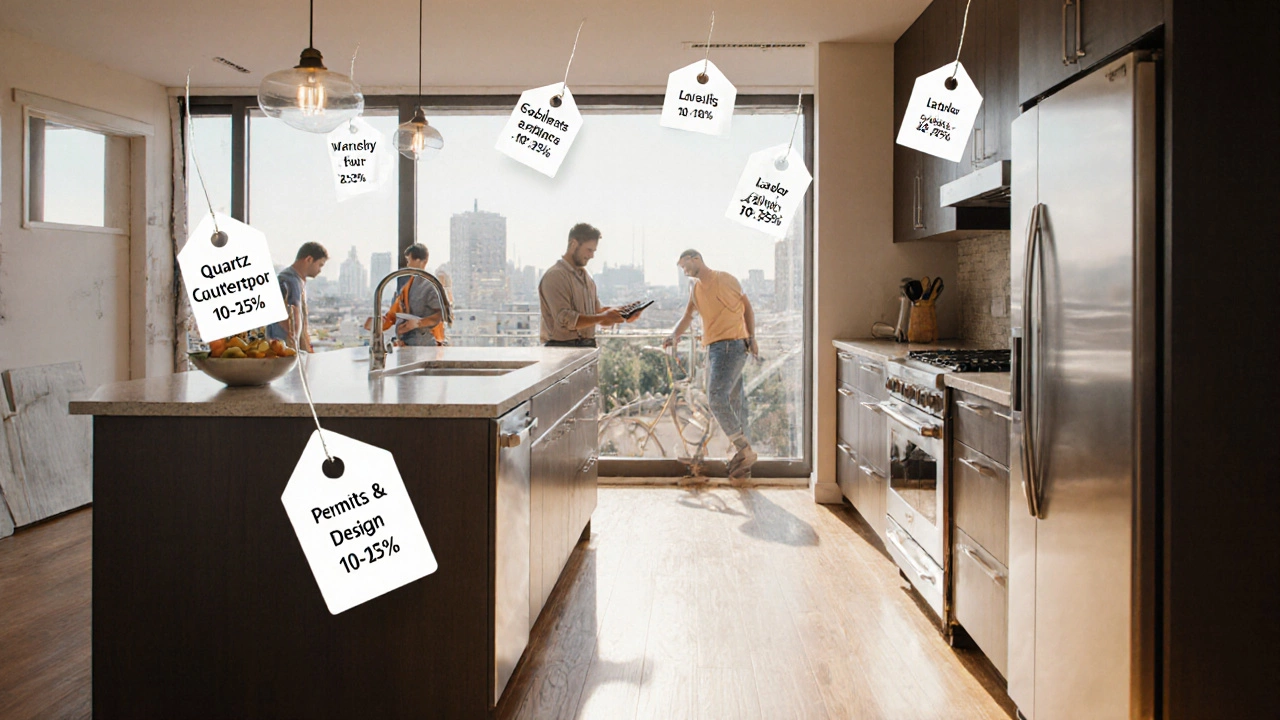Remodel Budget Guide: Your Blueprint for Cost‑Smart Renovations
When you start a remodel budget guide, a step‑by‑step plan that helps you keep renovation costs under control while still hitting your design goals. Also known as renovation budget guide, it covers everything from early cost estimation to final punch‑list. You’ll also meet cost estimation, the process of calculating material, labor and permit expenses before work begins and project sequencing, the ordered list of tasks that keeps a remodel on time and on budget. This guide shows how these pieces fit together so you can avoid surprise bills.
Key Elements of a Remodel Budget
Cost estimation, its core attributes are material prices, labor rates, permit fees and a contingency allowance is the first pillar. Accurate numbers let you compare quotes and spot hidden costs. For example, a kitchen fitting in the UK often ranges between £5,000 and £12,000 depending on cabinet quality and appliance choices. Knowing these ranges early means you can set a realistic ceiling before any demolition starts.
The second pillar, project sequencing, organises tasks from demolition to final finishes, reduces re‑work and protects your budget. A typical sequence starts with permits, moves to structural work, then rough‑in services, and finishes with flooring and fixtures. Skipping steps—like installing new flooring before fixing a sagging floor—often forces you to redo work, inflating costs.
Material selection, choosing durable, cost‑effective products that match your design vision ties directly into both estimation and sequencing. High‑end tiles may look great but can push a bathroom remodel over a $5,000 budget. On the flip side, opting for a solid wood floor without proper subfloor prep can cause future cracks, creating extra repair expenses. Balancing aesthetics with long‑term performance is a key budgeting skill.
Every remodel should also include contingency planning, a reserved fund—usually 10‑15% of total costs—to cover unexpected issues. Common surprises are hidden water damage, foundation cracks, or the need for extra structural reinforcement. A well‑planned contingency stops you from scrambling for cash mid‑project and lets you negotiate calmly with contractors.
Putting these entities together creates a clear semantic chain: a remodel budget guide encompasses cost estimation, cost estimation requires accurate material pricing, material pricing influences project sequencing, and project sequencing needs contingency planning. This chain mirrors the posts in our collection—read about bathroom remodels for $5,000, kitchen fitting cost breakdowns, roof price negotiation tactics, and foundation repair pricing to see each link in action.
Real‑world examples help cement the theory. A homeowner who followed a strict project sequence saved £2,000 on a bathroom upgrade by ordering tiles after confirming floor leveling. Another client used a detailed cost estimate to negotiate a roof replacement, cutting the quote by 12% thanks to clear benchmarks. These stories highlight how each entity—cost estimation, sequencing, material selection, contingency—adds tangible value.
Now that you understand the building blocks, you’ll find a curated set of articles below that dive deeper into each topic. From step‑by‑step landscaping cost calculators to the latest profit trends in construction, the collection equips you with the data and tips you need to stay on budget and on schedule throughout any remodel.

